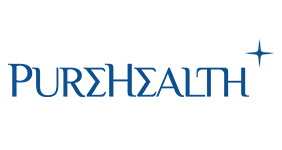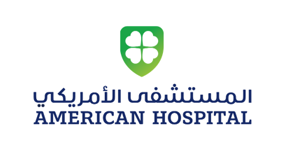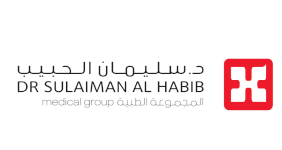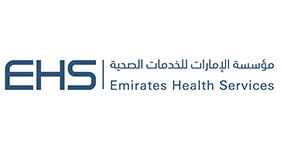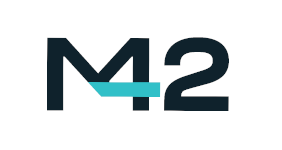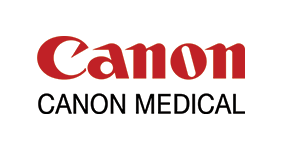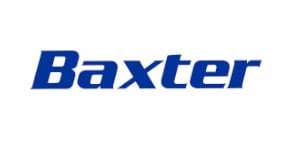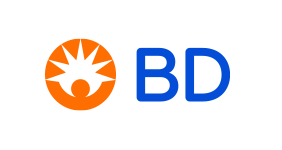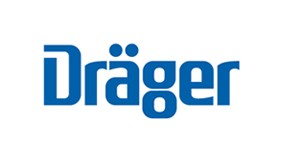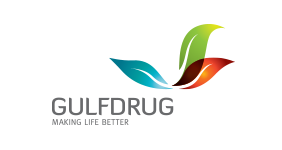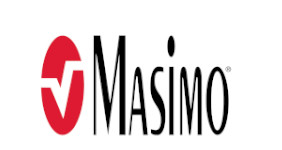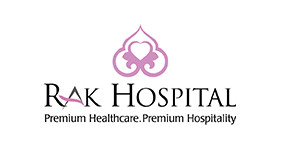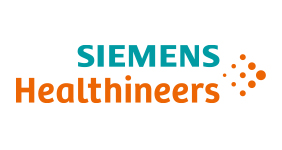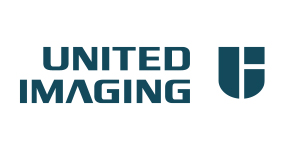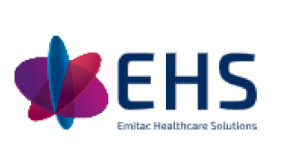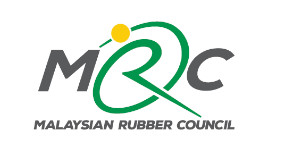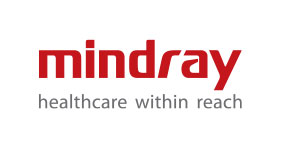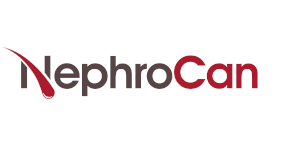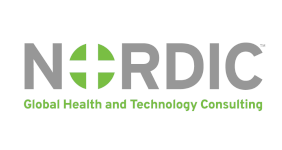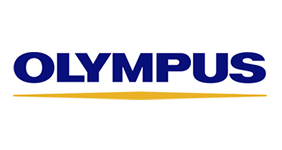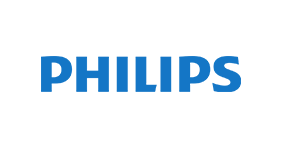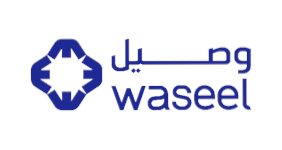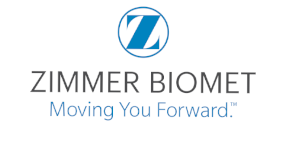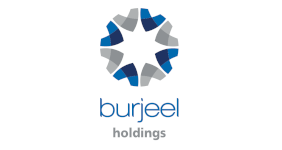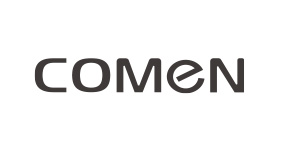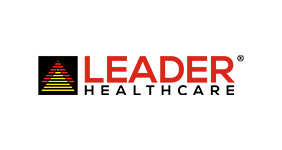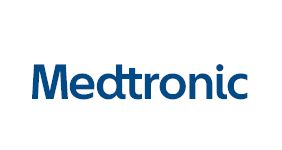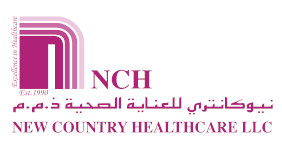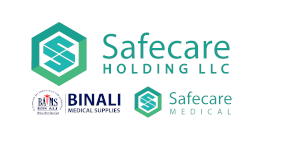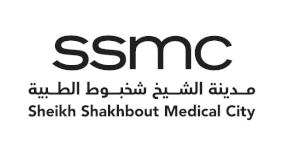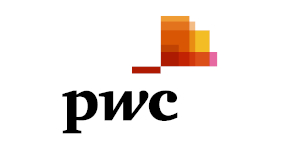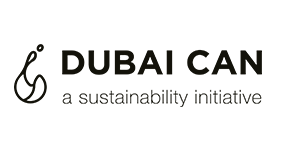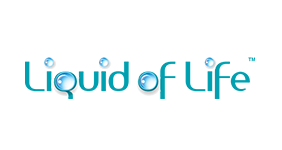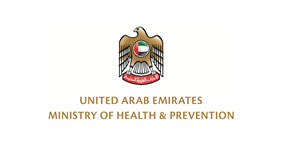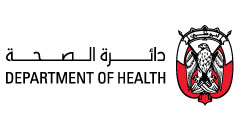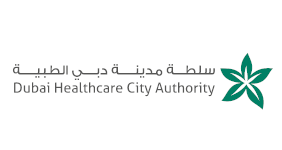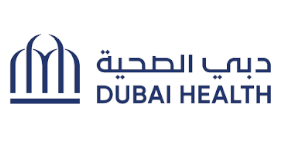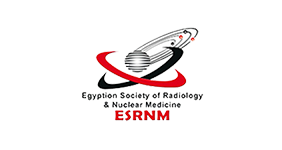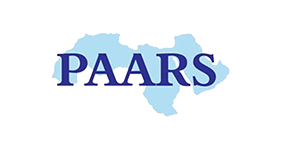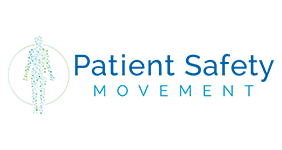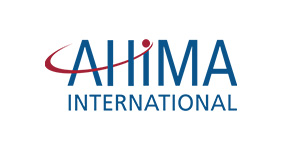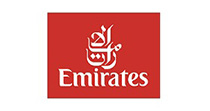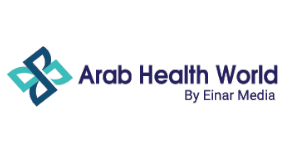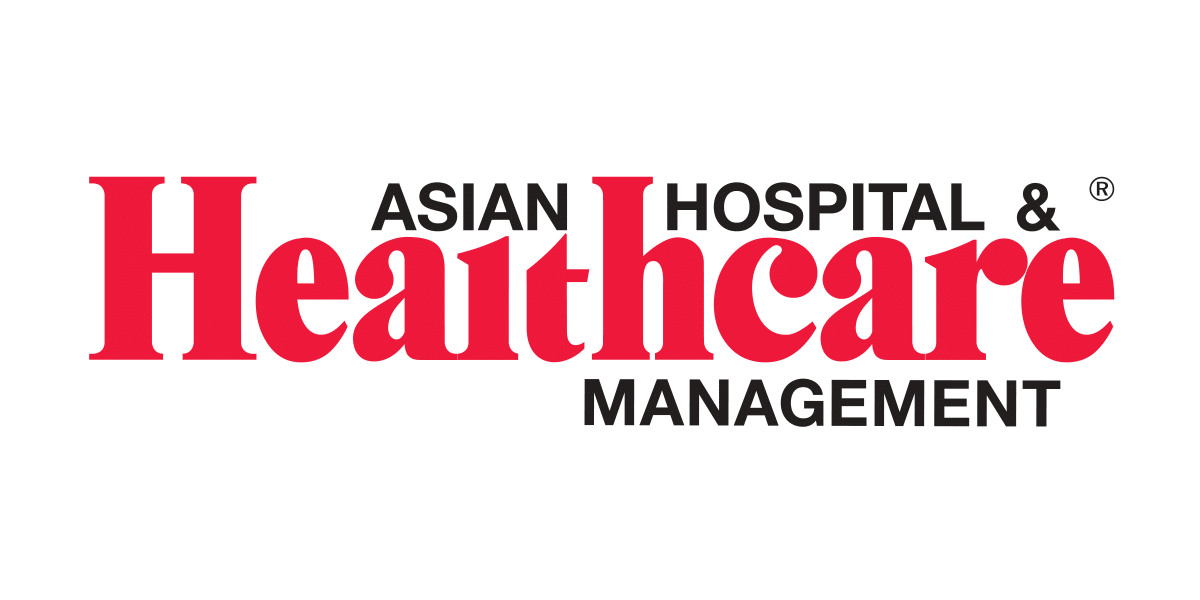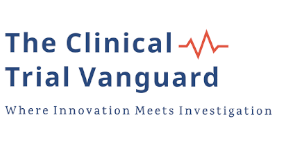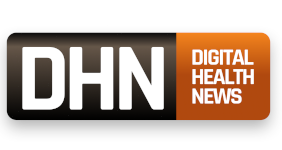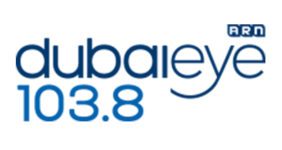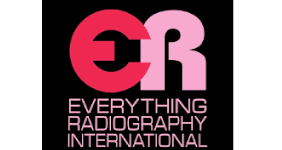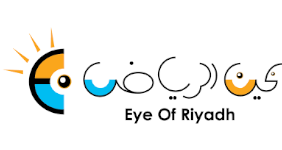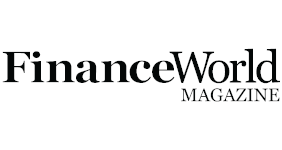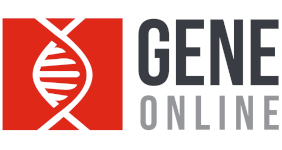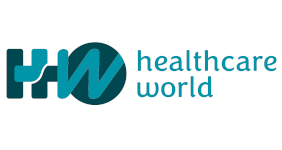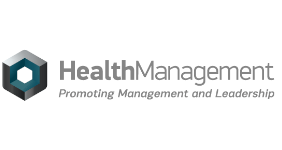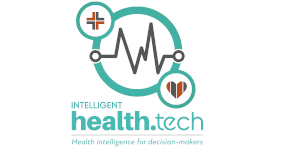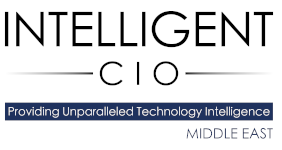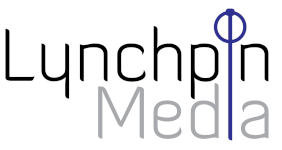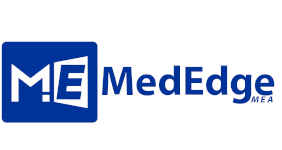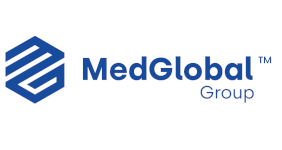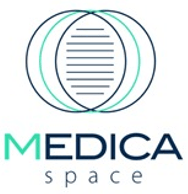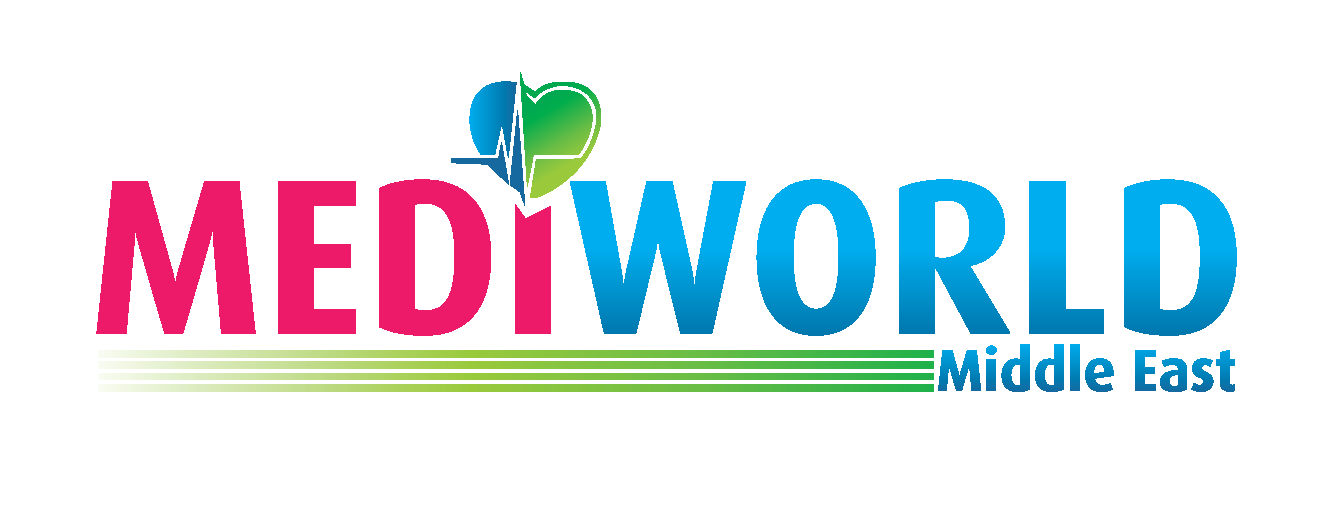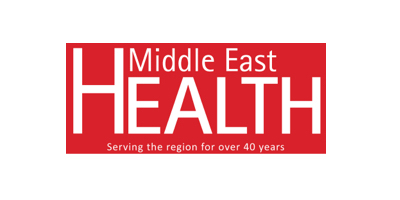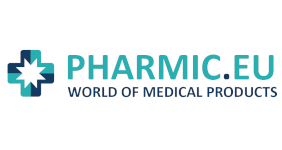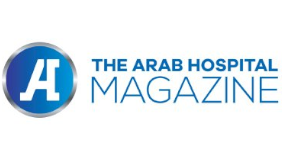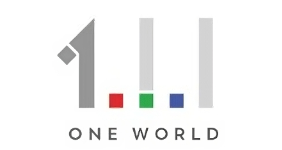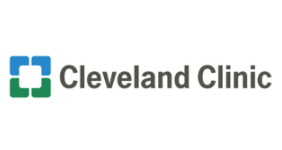The medical imaging and diagnostics industry has slowly emerged from the disruption it faced during the pandemic. We look at how technologies such as Artificial Intelligence (AI) are impacting the industry, the latest trends shaping it, and the evolution of the discipline from being a diagnostic modality to playing an active role in patient care.
The process of diagnosis uses data collection and complex image analysis to identify a patient’s health status and define their course of treatment. Accurate diagnosis is the most critical aspect of healthcare, and diagnostic imaging is decisive in a patient’s journey towards surgery or medical treatment.
Technological advancements in diagnostic imaging devices, rising incidences of chronic diseases coupled with the rapidly ageing population and rising awareness for early diagnosis of clinical disorders are some key factors that are expected to boost the diagnostic imaging market growth.
The medical imaging industry was especially hit hard during the COVID-19 pandemic, resulting in delays in procuring capital-intensive equipment, such as CT Scanners, X-ray Imaging Systems, MRI Systems, Ultrasound Imaging Systems, Nuclear Imaging Systems, and Mammography Systems.
However, technological developments within the medical imaging and diagnostics industry have picked up the pace and are witnessing a resurgence. According to a recent report by Allied Market Research, the medical imaging market size was valued at US$38.5 billion in 2020 and is estimated to reach US$68.8 billion by 2030, growing at a CAGR of 5.8% from 2021 to 2030.
The introduction of technologically advanced medical equipment and the rise in the need for point-of-care imaging systems across all imaging modalities is one of the significant elements stimulating the market growth. Moreover, in the coming years, most hospitals will look towards informatics to assist the radiology department. Informatics provides data, analysis, and insights about how well a department is doing and utilising its assets and how productivity can be improved.
There is also an increased need to invest in technologies such as enterprise imaging to track all patient information. The technology allows hospitals to have a single, comprehensive patient imaging record across the entire enterprise. It speeds up image acquisition, sharing and retrieval while optimising system efficiency and performance. It is the route for achieving efficiency and will play a vital role in leading to the sector’s better performance.
Major trends driving growth in the medical imaging industry
Disruptive tech
While AI will not replace radiologists, it will complement the radiologist’s capability significantly. In fact, AI can analyse the image before it goes to the radiologist, allowing them to pick up an image that has been flagged up by AI rather than browsing through thousands of images. This will help triage and reach out to patients who need urgent care and improve clinical outcomes for the entire hospital.
Embracing technology-related change is a positive outlook from an industrywide perspective, as the avenues for precision imaging are clearer than ever before. This allows medical imaging to play a more important role in the wider paradigm of precision medicine. Technology is becoming essential for improving workflows, strengthening patient data security, enabling remote accessibility, and quality imaging.
Data analytics
Technological advances have made selecting the right combination of imaging hardware and software providers easier. This, in turn, leads to better image quality, lesser processing time, and greater efficiency in maintenance.
Today, hospital departments are keenly looking into how data can help increase operational efficiencies within departments. They are also looking at finding out how and where waste is happening, what can be done to prevent it, and how more can be achieved with fewer resources. In the post-pandemic world, most hospitals are going to work on minimal resources but are going to expect more outcomes than what was seen before the pandemic.
Cloud technologies
Cloud gained significance during the pandemic as it was quicker to deploy and didn’t need in-house resources to prepare. In the future, there will only be higher cloud adoption. Previously, operators were on the fence about the cloud and were looking at hybrid models – storing the most sensitive data in the data centres in-house and only moving the secondary workloads to the cloud. But the pandemic has shown that moving the entire primary workload to the cloud is possible. Many vendors have also started talking about the cloud as a fundamental value proposition of their offerings.
Evolving practice
In the past, radiologists were confined to their dark rooms where they would read and interpret images. Today, they have come out of their reading rooms, interact more frequently with referring physicians, and are becoming proactive in reaching out to patients. Increased collaboration is bound to improve clinical outcomes. This behavioural change is happening as part of patient-centric care.
Within radiology, too, everything is being centred around the patient. Several solutions are available to address this, such as enabling patients to access the images and sending images outside a network. AI is increasingly used in clinical support and helps radiologists in various ways, one being triaging. Today, radiologists are ready to play a key role in patient care and can ensure that the patient gets the right treatment at the right time.
References:
https://insights.omnia-health.com/reports/2021-medical-imaging-report




